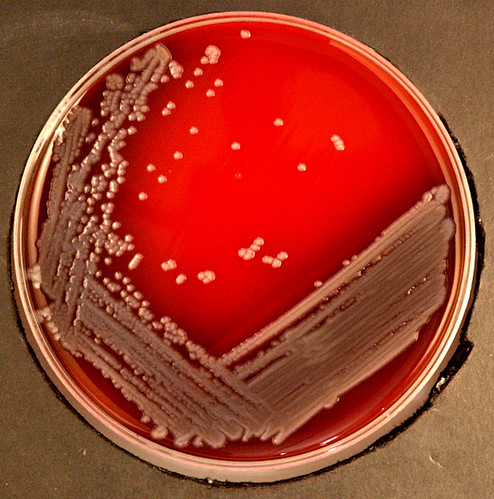كيف اوصف pseudimonas و proteus في الآقار
وماهي الأختبارات التفريقية
وهل يوجد موقع أو كتاب يعطيني شكل شكل البكتيريا بعد تزريعها
أفيدوني جزاكم الله خيرا
وماهي الأختبارات التفريقية
وهل يوجد موقع أو كتاب يعطيني شكل شكل البكتيريا بعد تزريعها
أفيدوني جزاكم الله خيرا





تعليق